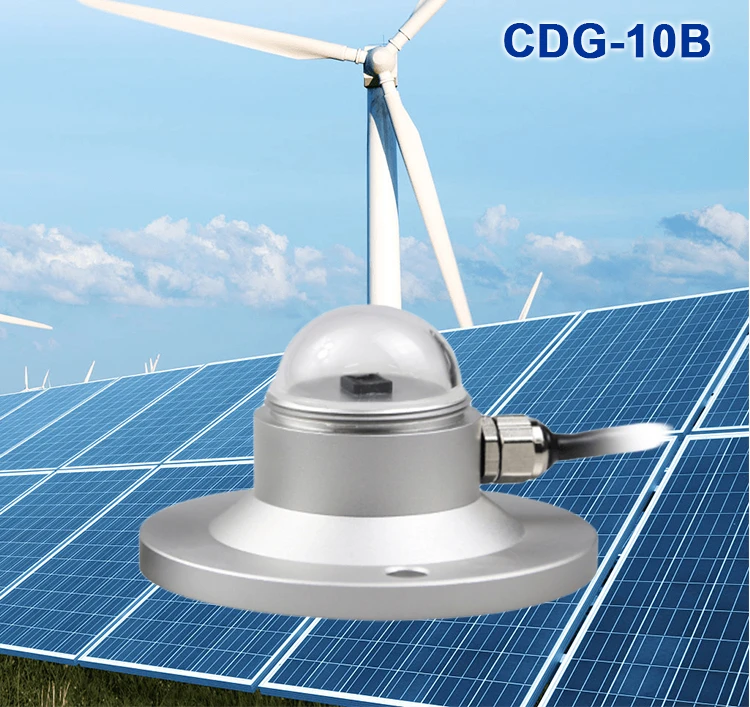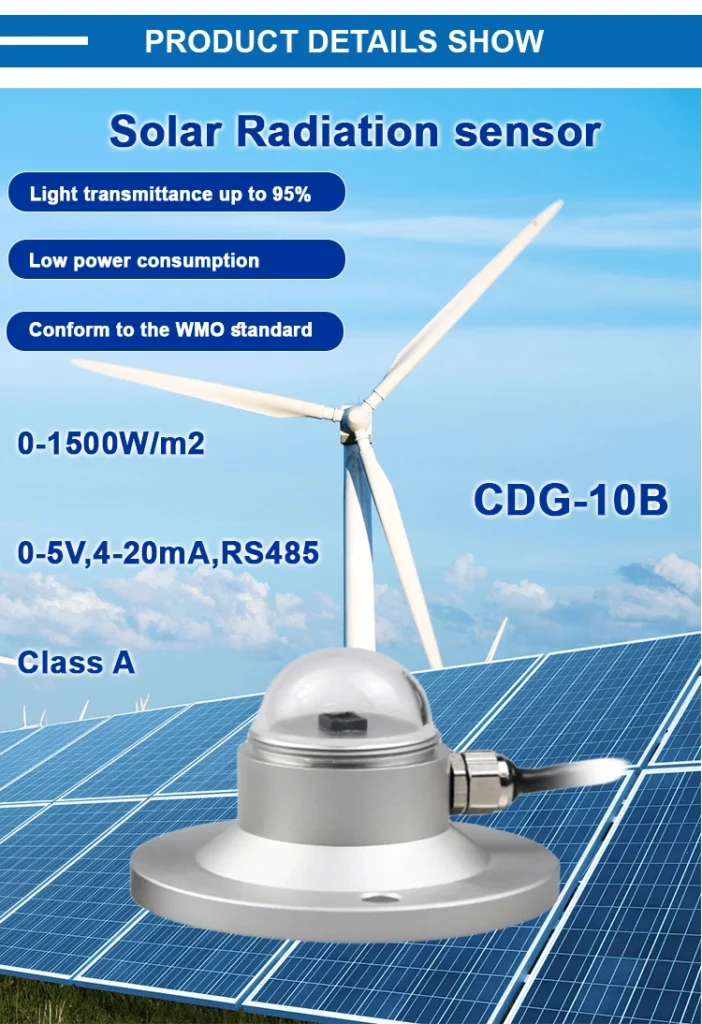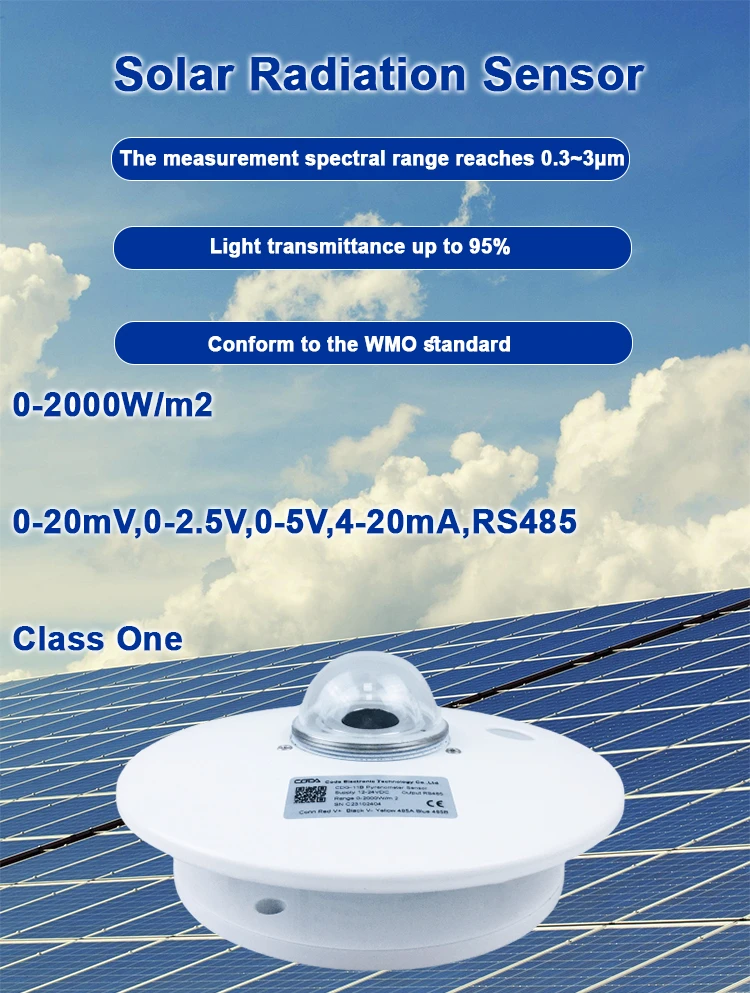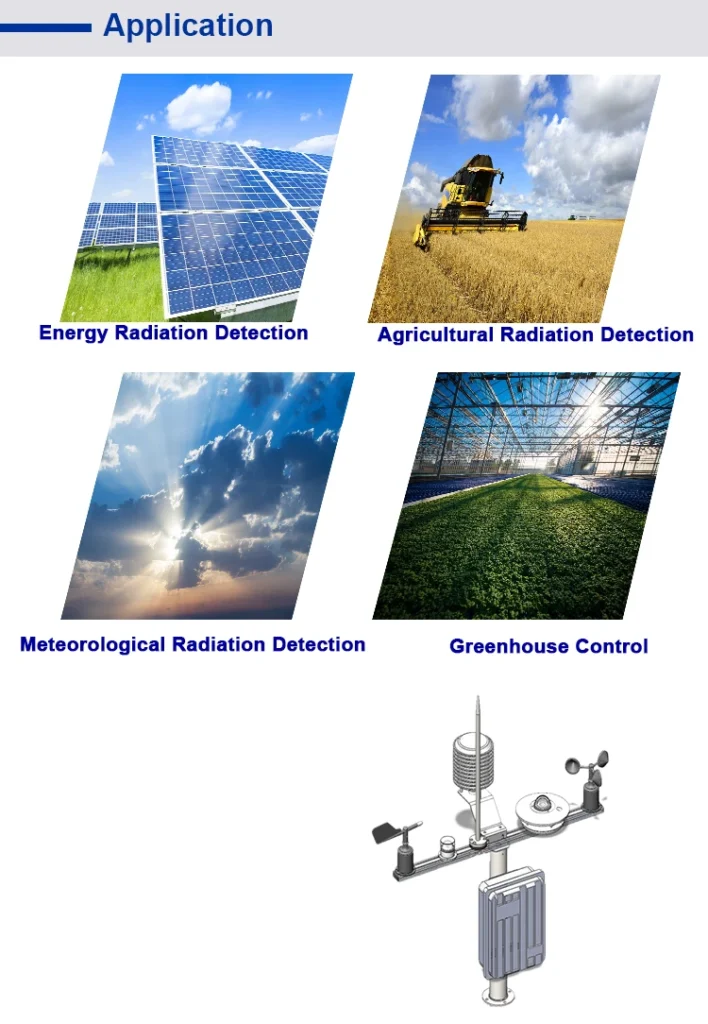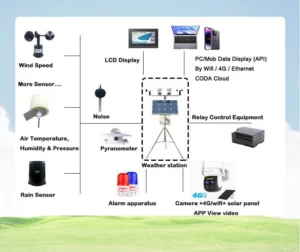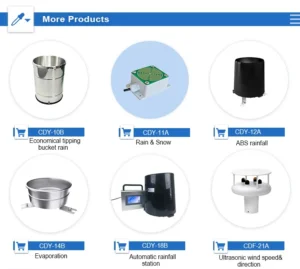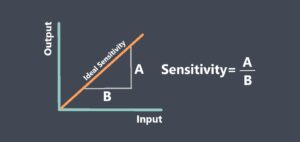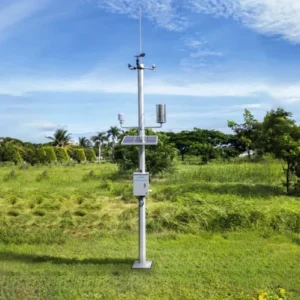what is radiation sensor
Introduction
Radiation is all around us. It includes helpful rays used in medical imaging and harmful emissions from radioactive materials. Even though we can’t see it, it has a big impact on our lives. Radiation sensors work like our “eyes” and “ears.” They find and measure this hidden radiation.
A solar radiation level sensor is important for safety in nuclear power plants. It helps us stay healthy and take care of the environment. This article will explain what radiation detector are and how they work. It will also cover how they work, their types, and their many uses.
What Are Radiation Sensors?
A radiation detector is a special tool. It detects and measures different types of radiation. There are two main types of radiation: ionizing and non-ionizing.
Ionizing radiation includes alpha rays, beta rays, gamma rays, and X-rays. It has enough energy to take electrons away from atoms.
Non-ionizing radiation includes UV light, visible light, infrared light, microwaves, and radio waves. It does not ionize atoms, but it can still have physical and biological effects.
Radiation detectors convert radiation energy into an electrical signal or other measurable output. This change helps scientists and experts measure radiation levels correctly. It helps them make better choices.
How Do Radiation Sensors Work?
Radiation detectors work in different ways. Their function depends on their type and the kind of radiation they detect. They rely on how radiation works with a special material in the sensor to make a signal.
Interaction with Sensitive Materials
When radiation strikes the sensitive material, it causes changes in its physical or chemical properties. In ionizing radiation detectors, atoms in the material get ionized.
This process makes free electrons and ions. In non-ionizing sensors, the material either takes in or spreads out the radiation. This changes its electrical, optical, or thermal properties.
Signal Generation and Detection
This interaction generates a signal, often an electrical current or voltage. In a gas-filled detector, ionizing radiation hits gas molecules. This creates charged particles that produce an electrical current. We can measure this current.
In semiconductor sensors, radiation affects how well the material conducts electricity. This change shows up as a difference in electrical resistance or current.
Signal Processing and Interpretation
The solar radiation level sensor is crucial for keeping nuclear power safe. The first signal is often weak and must be processed. Techniques such as amplification, filtering, and digitization make the signal better.
Calibration curves and algorithms help us understand the signal. They choose the type, energy, and strength of the radiation.
Types of Radiation Sensors
Ionizing Radiation
Ceiger counters – Mueller Counters: These are popular and easy – to – use. They have a tube filled with gas and an electrode.
When radiation dose comes in, it ionizes the gas. This makes an electrical pulse that we can count. GM counters can find different kinds of ionizing radiation.
However, they do not show how much energy the radiation has. They can only count at a slow pace.
Scintillation Detectors: They use special materials that give off light when radiation hits them. The system sees the light and changes it into an electrical signal.
These detectors are very sensitive. They can measure how strong radiation is and its energy. They are used in nuclear medicine and to check the environment.
Semiconductor Detectors: They use special materials to make electron-hole pairs when radiation hits them. They provide high energy resolution. This makes them great for accurate energy measurements in nuclear research.
Non – Ionizing Radiation
Photodetectors: For UV, visible, and IR radiation, they work based on the photoelectric effect. When photons take in energy, they release electrons. This makes an electrical current. Photographers, optical communicators, and environmental monitors all use these tools.
Microwave and RF Sensors: These devices sense non-ionizing radiation in the microwave and RF ranges. They measure how strong the waves are, how often they happen, and their phase. People use them in radar, wireless communication, and for radiation monitoring in industries.
application of sensor
Nuclear Power and Energy
In nuclear power plants, devices check radiation levels. They watch the reactor core, fuel storage, and the area around the plant. They find strange rises in radiation to help prevent leaks. Also help with exploring and moving nuclear fuel to keep things safe.
Medical Applications
In medicine, radiation meters play a key role. They are used for diagnostic imaging, such as X-rays and CT scans. They are also used to treat cancer with radiation.
Help make body images for diagnosis. This makes sure that tumors receive the right amount of radiation. It also keeps healthy tissues safe. They also check radiation levels in hospitals and clinics.
Environmental Monitoring
Radiation meters find both natural and man-made sources of radiation. Scientists can check the levels of radiation in the environment. This helps them see changes that can harm health and the ecosystem. It also helps with making policies and responding to emergencies.
Industrial and Security Applications
In industry, radiation meters check material levels and thickness. They also help ensure quality. In security, they find radioactive materials at ports and borders. This helps stop illegal activities like smuggling.
Challenges and Future Developments
Radiation meters struggle to give accurate readings in various environments. Temperature, humidity, and electromagnetic interference can change measurements.
Keeping sensors calibrated over time is hard, especially in tough conditions. Making sensors smaller is a tough task. We want them to be easy to carry and still work well.
Future Developments
The future of radiation meters looks bright. New materials, such as new semiconductors and nanomaterials, will enhance sensitivity and energy resolution.
Smaller sensor systems that work together and have wireless features will allow for real-time remote monitoring. Using AI and machine learning will make sensors work better. This will help us look at data and guess radiation levels more accurately.
Conclusion
Solar radiation level sensors are important for safety in nuclear power. They help to find and understand a certain type of radiation. These sensors have many uses that protect our health and safety.
Even with challenges, research will keep improving these devices. This keeps radiation meters important for our future technology.
